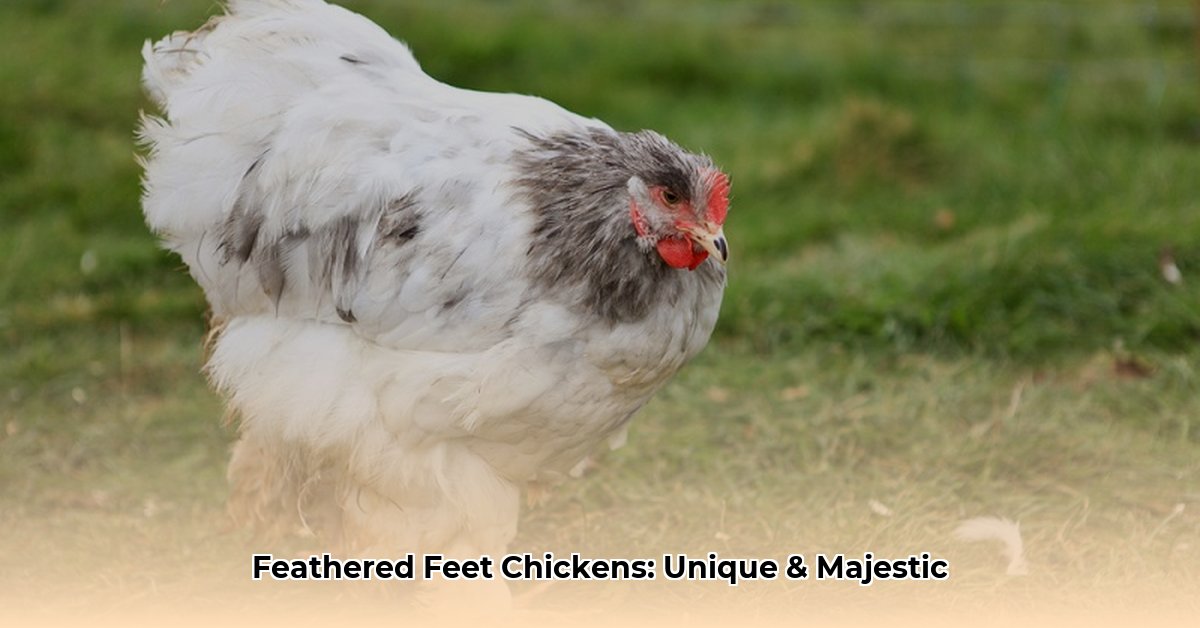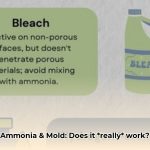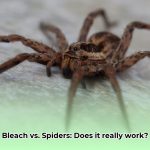Did you know some chickens wear feathery “boots”? These aren’t just a fashion statement; they’re a unique characteristic of certain breeds, offering both advantages and challenges. This guide explores the world of chickens with feathered feet, covering everything from breed identification and care tips to the pros and cons of this charming trait.
Feathered Feet: Form and Function
Feathered feet in chickens add a touch of elegance to the barnyard, but their purpose goes beyond mere aesthetics. These fluffy “boots” likely provide insulation against cold, offering a degree of protection against frostbite, especially in colder climates. They may also offer some defense against minor pecks from other chickens and potentially deter some small predators, although this protection isn’t foolproof. However, these feathery appendages also come with their own set of challenges, as they can collect dirt, debris, and parasites, increasing the risk of bumblefoot and requiring diligent cleaning.
Showcasing the Feathered-Foot Fashionistas: Breed Profiles
A variety of chicken breeds sport these stylish leg warmers, each with its own unique personality and care requirements.
Brahma
These gentle giants, originating from Asia, are known for their impressive size and calm demeanor. Their heavily feathered legs and feet require regular attention to prevent the accumulation of dirt and debris. Brahmas are excellent layers of large brown eggs.
Cochin
Closely related to the Brahma, Cochins are equally fluffy and cuddly. Their abundant feathering, including their heavily feathered legs, necessitates extra care and vigilance in damp conditions. Cochins come in an array of vibrant colors and are often prized for their ornamental value.
Belgian d’Uccle (Barbu d’Uccle)
These charming bantams are bursting with personality, and their feathered feet add to their distinctive look. Active and engaging, they come in a variety of striking colors. While not known for prolific egg production, they lay a decent number of eggs for a bantam breed.
Booted Bantam
True to their name, these petite chickens proudly display their feathered “boots,” which often stop at the shank, leaving the toes bare. Generally friendly, they can be surprisingly assertive.
Silkie
Famous for their incredibly soft, fur-like plumage, Silkies also have feathered feet. Their gentle nature and tendency to sit on their nests make them vulnerable to predators, necessitating extra care for their safety.
Sultan
Originating from Turkey, these elegant birds boast feathered feet, a prominent crest, and five toes. Known for their docile temperament, they lay a respectable number of white to cream-colored eggs.
Faverolles
These French chickens are instantly recognizable with their muffs, beards, feathered feet, and five toes. Excellent layers of large, light-colored eggs, their feathered feet contribute to their winter hardiness.
French Marans
Another French breed, Marans are prized for their exceptionally dark brown eggs. Their robust build, striking feather patterns, and feathered legs make them visually impressive. Breeders are working to moderate the sometimes-aggressive personalities.
Croad Langshan
These stately black birds are known for their gentle nature and cold hardiness, thanks in part to their feathered legs.
Pekin (Bantam)
These small and fluffy ornamental bantams come in a wide array of colors, all with adorable feathered feet. While not known for egg laying, their charming appearance makes them a popular choice.
Serama
The smallest chicken breed, the Serama is known for its upright posture and profuse feathering, often including impressive feathers on the lower legs. They are also surprisingly good egg layers.
Pampering Plumed Paws: Essential Care for Feathered Feet
Maintaining the health and cleanliness of feathered feet is crucial for the well-being of these chickens. Mud, dirt, and debris can easily become trapped, leading to bumblefoot and other issues.
Cleaning Feathered Feet: A Step-by-Step Guide
- Prepare a Foot Spa: Fill a shallow basin with warm, soapy water, using a mild, poultry-safe soap.
- Soak and Soothe: Gently place your chicken’s feet in the water, allowing them to soak for a few minutes to loosen any dirt or debris.
- Rinse Thoroughly: Rinse the feet with clean water, ensuring all soap residue is removed.
- Towel Dry: Gently pat the feet dry with a soft towel, avoiding the use of a hairdryer.
- Inspect and Protect: Carefully inspect the feet for any signs of injury, redness, swelling, or bumblefoot.
Additional Care Tips
- Regular Trimming: Trim the feathers around the feet and lower legs to minimize the accumulation of dirt and debris.
- Dry Bedding: Maintain clean, dry bedding in the coop to reduce moisture and dirt buildup.
- Bumblefoot Prevention: Provide soft bedding and remove sharp objects from the coop to prevent foot injuries that can lead to bumblefoot.
- Weather Protection: Provide a dry, covered area for your chickens during wet or muddy conditions.
- Predator Protection: Ensure a secure and predator-proof coop to protect your feathered-legged flock.
Feathered Feet: Weighing the Pros and Cons
While aesthetically pleasing, feathered feet present both advantages and disadvantages:
Pros:
- Winter Warmth: Provides insulation against cold temperatures.
- Minor Protection: Offers a small degree of protection against pecks and some predators.
- Aesthetic Appeal: Adds a unique and charming appearance.
Cons:
- Dirt and Debris: Prone to collecting dirt, debris, and parasites.
- Bumblefoot Risk: Increased susceptibility to bumblefoot.
- Cleaning: Requires more frequent and diligent cleaning.
Breed Comparison at a Glance
| Breed | Size | Egg Production | Temperament | Cold Hardiness | Feathered Legs |
|---|---|---|---|---|---|
| Brahma | Standard | Good | Docile | Moderate | Heavy |
| Cochin | Standard/Bantam | Good | Docile | Moderate | Heavy |
| Belgian d’Uccle | Bantam | Moderate | Active | Moderate | Moderate |
| Booted Bantam | Bantam | Moderate | Friendly, Assertive | Moderate | Moderate |
| Silkie | Standard/Bantam | Moderate | Docile | Low | Moderate |
| Sultan | Standard/Bantam | Moderate-Good | Docile | Moderate | Moderate |
| Faverolles | Standard | Excellent | Docile | Good | Moderate |
| French Marans | Standard | Good | Can be aggressive | Moderate | Moderate |
| Croad Langshan | Standard | Good | Docile | Moderate-Good | Moderate |
| Pekin (Bantam) | Bantam | Low | Docile | Moderate | Moderate |
| Serama | Bantam/Small | Good | Friendly, Active | Moderate to Low | Moderate |
By understanding the specific needs of chickens with feathered feet and implementing appropriate care practices, you can ensure the health, happiness, and continued strutting of these charming birds. Ongoing research continues to shed light on chicken breeds and their characteristics, so staying informed is essential for providing optimal care.
- Does Ammonia Kill Mold? The Truth About Using It for Removal - April 15, 2025
- Does Bleach Kill Spiders? Effectiveness, Safety, and Better Alternatives - April 15, 2025
- Does Soap Expire? How to Tell if Your Soap Has Gone Bad - April 15, 2025










